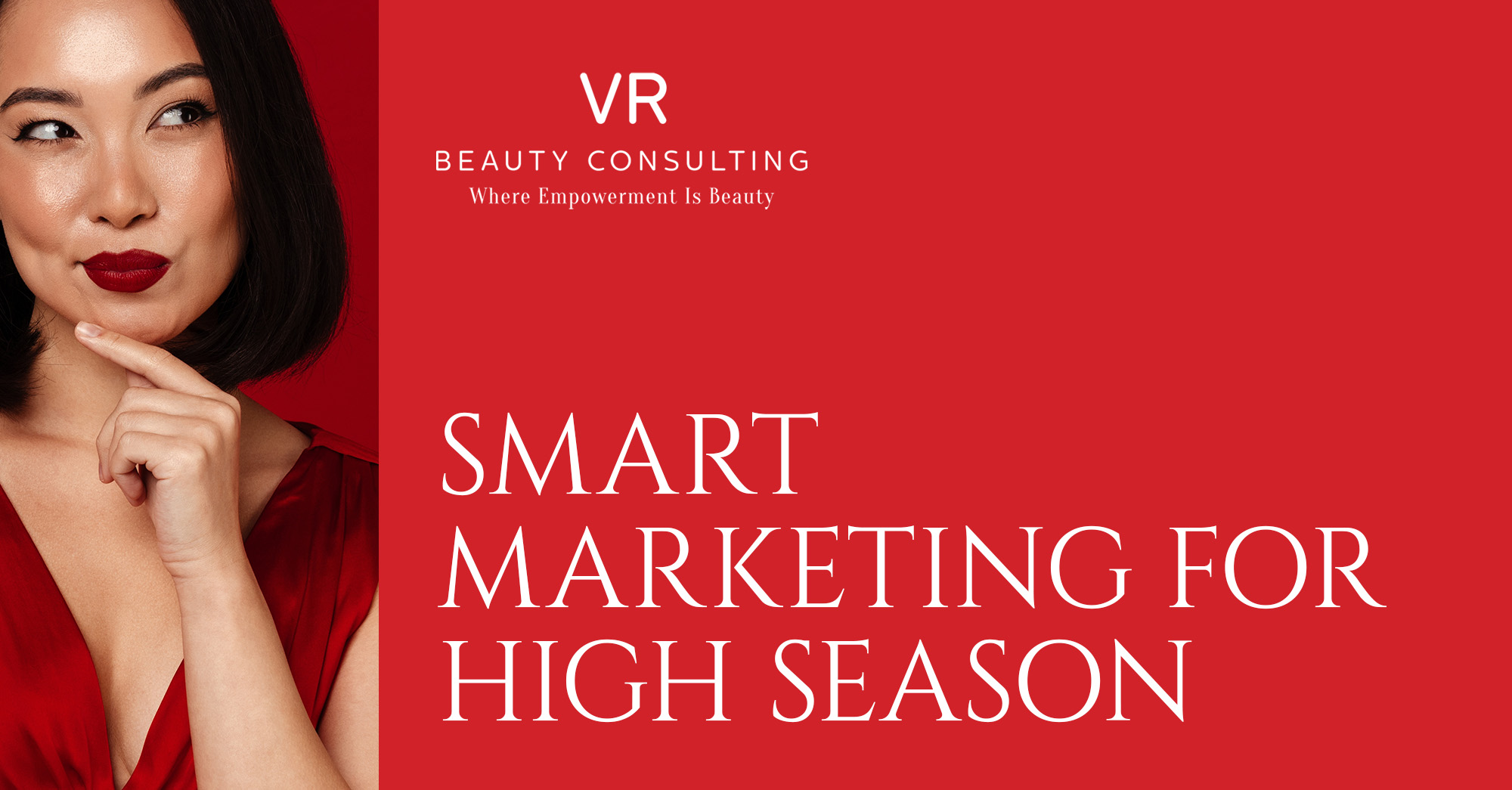
You’ve chosen to treat High Season as a real opportunity. You’ve sharpened your ideas, aligned your team, and set the stage for a standout period. Now comes the part that turns preparation into performance: planning the marketing that will fill your calendar and keep clients engaged across every touchpoint.
The data supporting the need for planned marketing is clear. DataReportal’s digital overview by Simon Kemp, a global digital trends report, provides a comprehensive snapshot of how people actually use the internet, social media, and mobile — the very platforms where your campaigns will reach clients.
In the UAE, the media consumption numbers are striking: at the start of 2025, 11.3 million adults were using social media, equivalent to 123% of the 18+ population, reflecting multi-platform usage. Overall, the country recorded 12.5 million social media user identities in October 2025, or 110% of the total population. Internet penetration is similarly mature, with 11.3 million people online, representing 99% of the population. Mobile connectivity goes even further: 23 million active mobile connections, roughly 202% penetration, showing that most people move across devices, accounts, and platforms throughout the day.
For salons, this means one thing: your clients are online constantly, and High Season success depends on showing up where they are with the right message at the right moment.
VR Beauty Consulting Founder Valerie Reynaert has more than 20 years’ experience in the beauty industry, helping start-ups gain a foothold and guiding established clients to turnaround and growth.
“With the High Season underway, the salons that win are the ones that plan their marketing with intention. Weekly planning is where consistency and visibility are built. Shorter cycles keep your team focused, give you room to react to booking patterns, and prevent the last-minute scramble that dilutes impact,” she explains.
Together with VR Beauty Consulting’s marketing partner, Carol Holdsworth, Valerie advises salons to implement a strategic focus when planning their marketing. Here is how:
A content framework is a simple way to structure what you post each week. It organises your content into categories, making your marketing easier, faster, and more effective, while ensuring every post has a purpose and supports the message you want clients to see. Carol Holdsworth shares 3 popular content frameworks that can be considered by salons to plan their social media calendars effectively.
The first framework is called the Hero, Hub, Hygiene (HHH) framework. Hero content highlights big moments: festive package launches, new services, or in-salon events. There are only a few pieces of content required for Hero content but they are posted more frequently. Hub content keeps clients engaged with regular touchpoints: before-and-after transformations, client testimonials, or behind-the-scenes glimpses. This forms the main basis of your social media content plan. Hygiene content answers everyday questions that come up in the comments of your posts, such as skincare tips, haircare tutorials, or service availability.
Planning content through the lens of Experience, Expertise, Clients (EEC) framework is also helpful. Experiencecontent captures your salon’s ambiance, a calm treatment room, relaxing service moments, or a well-prepped space. Expertise highlights your team’s skills, from a stylist demonstrating a blow-dry technique to a therapist explaining a treatment. Clients add trust through reviews, transformation stories, testimonials and returning-guest moments.
“Be mindful of trends, however, don’t fall for them all. Be strategic about what you choose to add to your plan,” Carol advises.
A third framework that salons could consider is Inspire, Educate, Activate framework (IEA). Inspire content sparks lifestyle aspiration, glowing skin, confidence-boosting transformations, or self-care routines. Educate content explains treatment benefits and product use. Activate content drives bookings, promotions, or package upgrades.
“By choosing one service or package to highlight each week, your High Season marketing becomes coherent, consistent, and focused on the activities most likely to drive bookings,” Carol notes.
Once your focus is set, it’s crucial to align all touchpoints. Social channels, in-salon displays, WhatsApp messages, staff scripts, booking confirmations, and retail shelves should all tell the same story.
“When a client sees a festive facial online, walks into a treatment room that features it, and has a therapist who confidently speaks about it, the message lands with far more impact,” Valerie explains.
High Season is as much about acquisition as profitability. New clients are essential, but the real value comes from repeat visits. Plan mechanisms to bring them back: post-treatment follow-ups, bounce-back offers, rebooking incentives, or personalised WhatsApp messages.
Measurement ties it all together. Track what works to make smarter decisions and invest confidently in the future. Avoid reacting too quickly; most marketing takes time to perform. Train your team to ask every new client, “Where did you hear about us?” These are insights that often reveal patterns not visible in dashboards alone.
Practical tasks after planning
VRBC clients have seen the results of this structured approach. One salon ran a three-month influencer campaign with micro-creators, focusing on hero services to reach new audiences. By the end of month two of the campaign, 40% of that month’s revenue came from new clients.
Another client, opening a salon in a hospitality setting, partnered with the host hotel to use existing marketing touchpoints. With no prior client base, over 20% of weekly visitors in the first five weeks came through the collaboration.
When every touchpoint is aligned, every acquisition effort has a follow-up plan, and every activity is measured, High Season becomes more than busy, it becomes strategic, repeatable growth.
“High Season rewards the salons that treat it as a coordinated effort, not a collection of ad-hoc promotions. With planning, aligned messaging, and a team that knows how to convert new interest into lasting loyalty, you move from being busy to being effective. The result isn’t just a strong season, it’s a stronger business long after the rush is over,” Valerie concludes.
Terms & Conditions. © 2023 by V R B Management Consulting Co. LLC